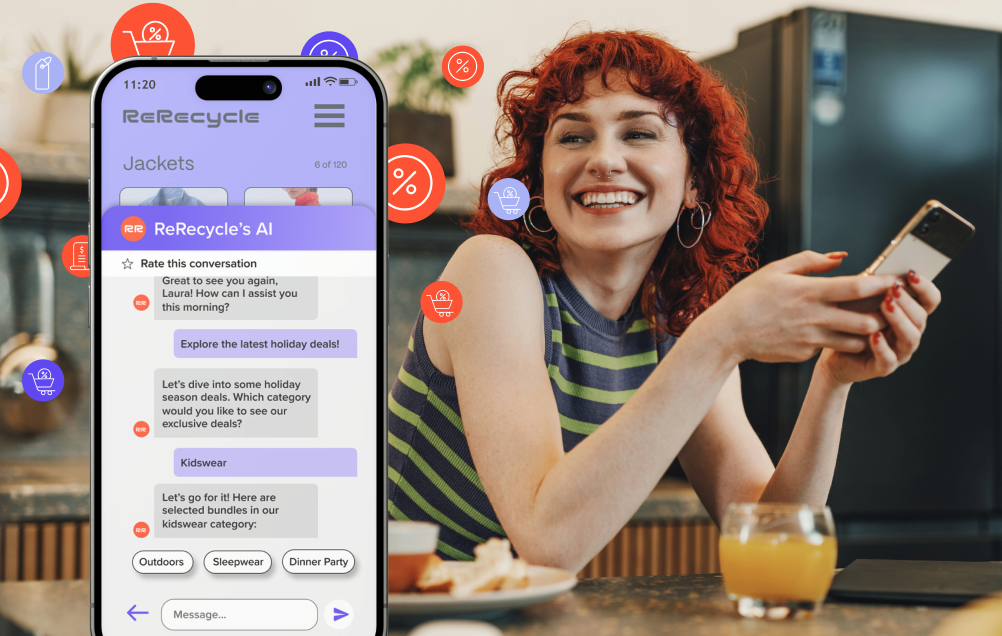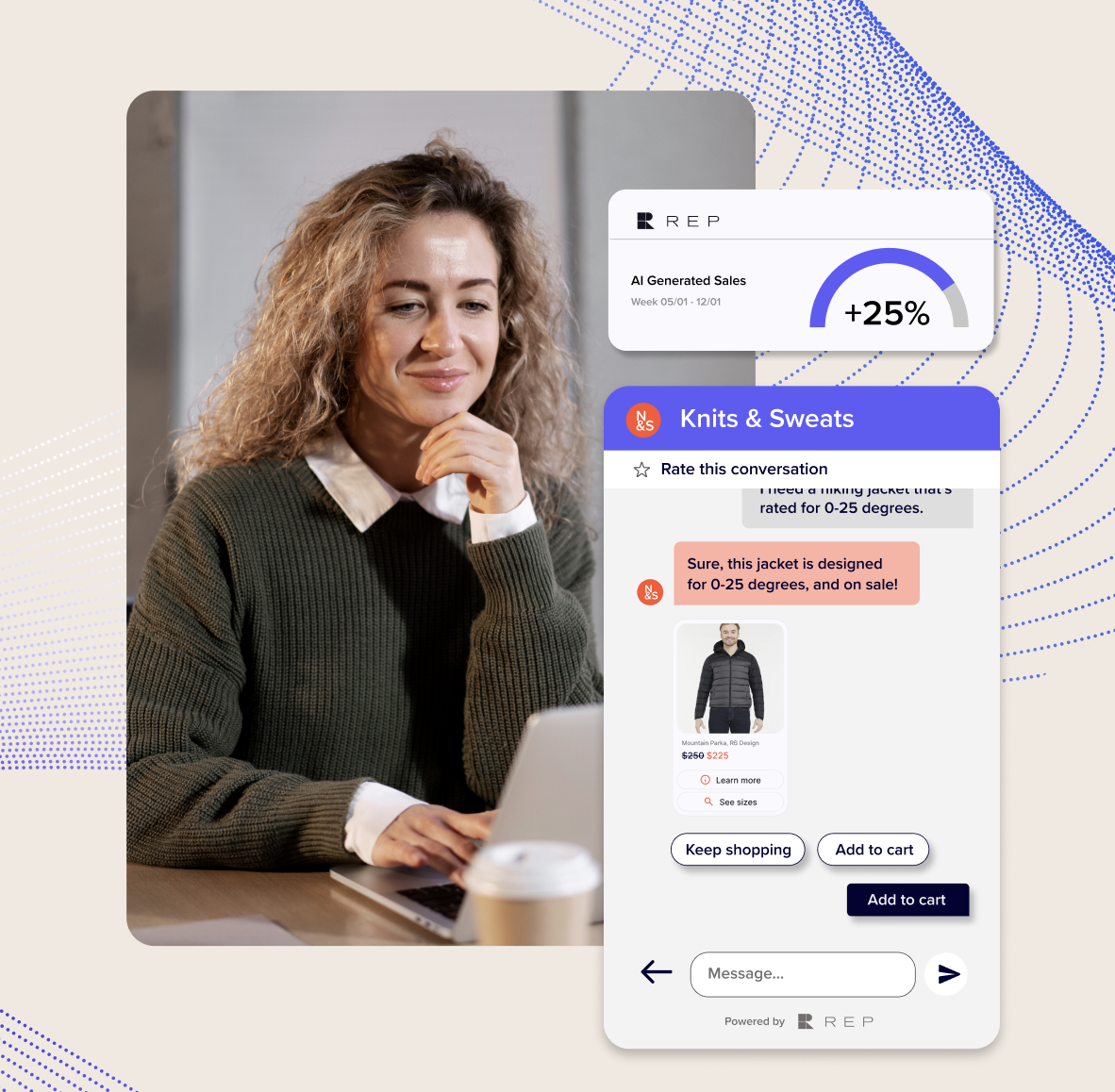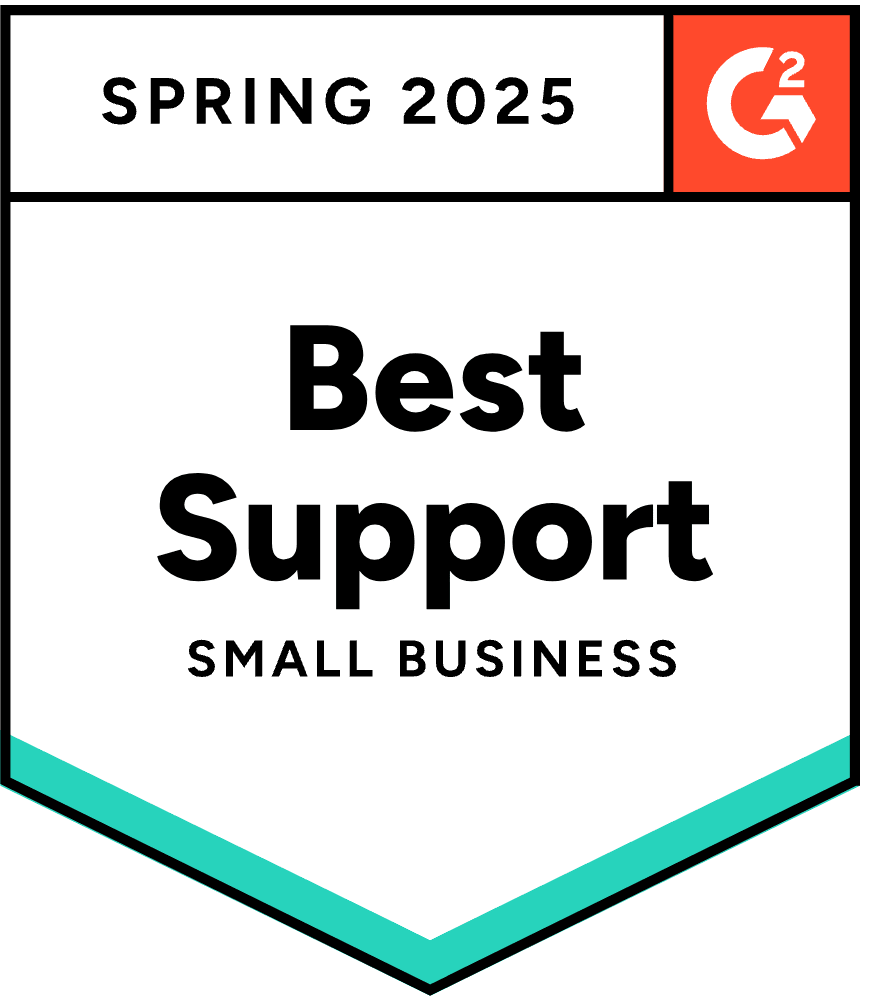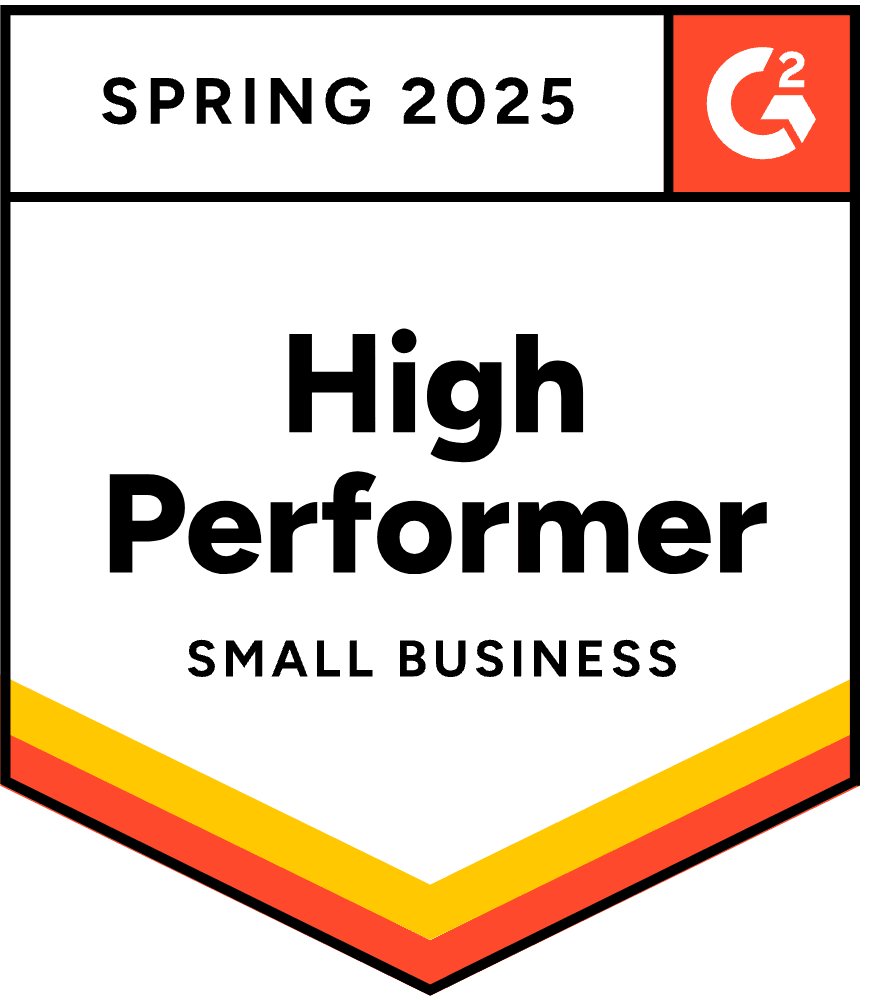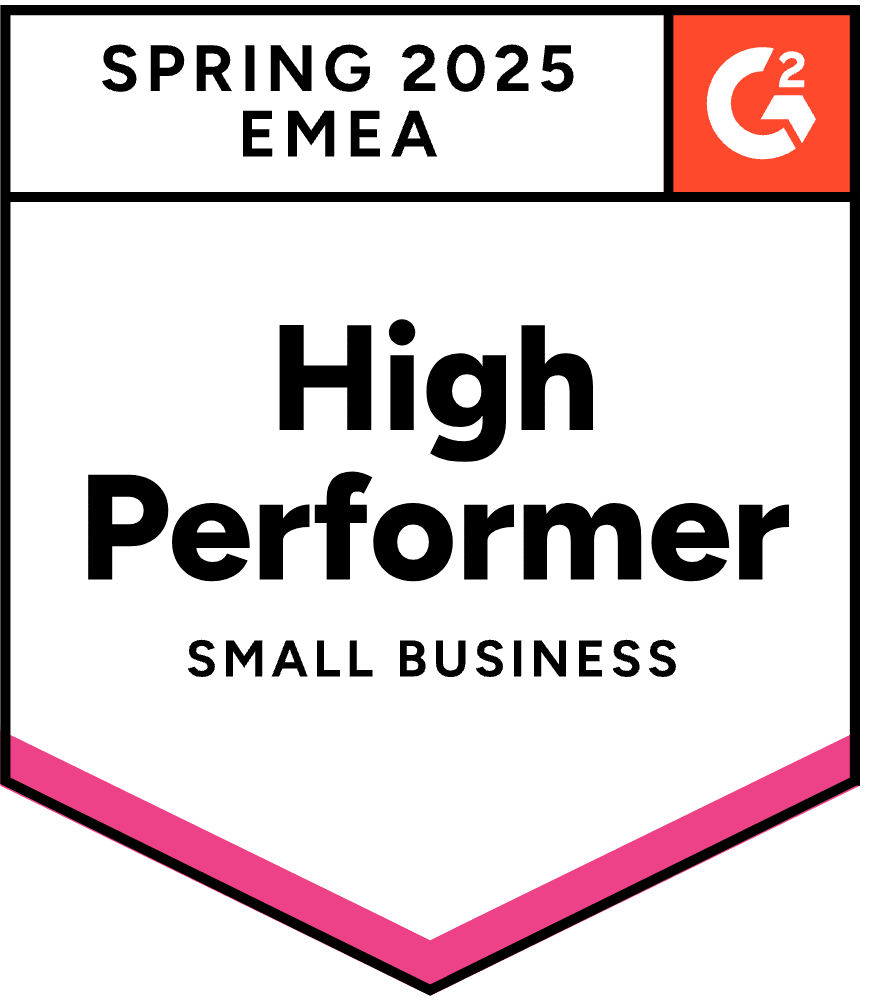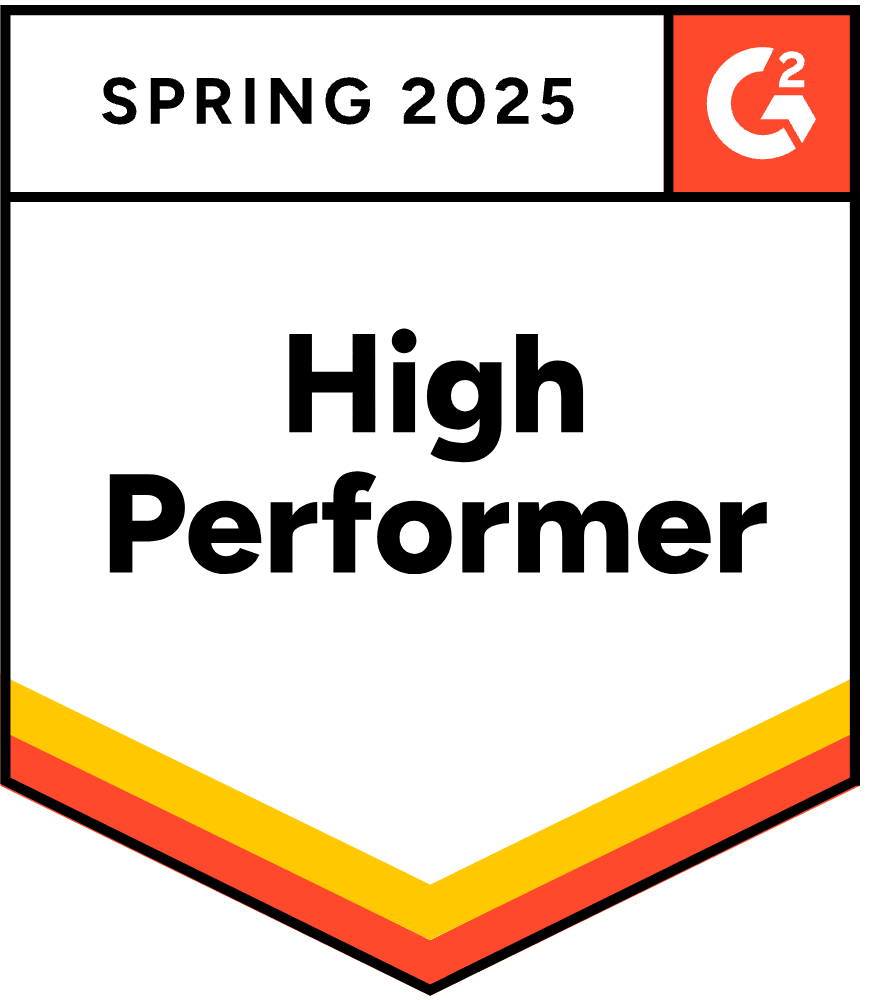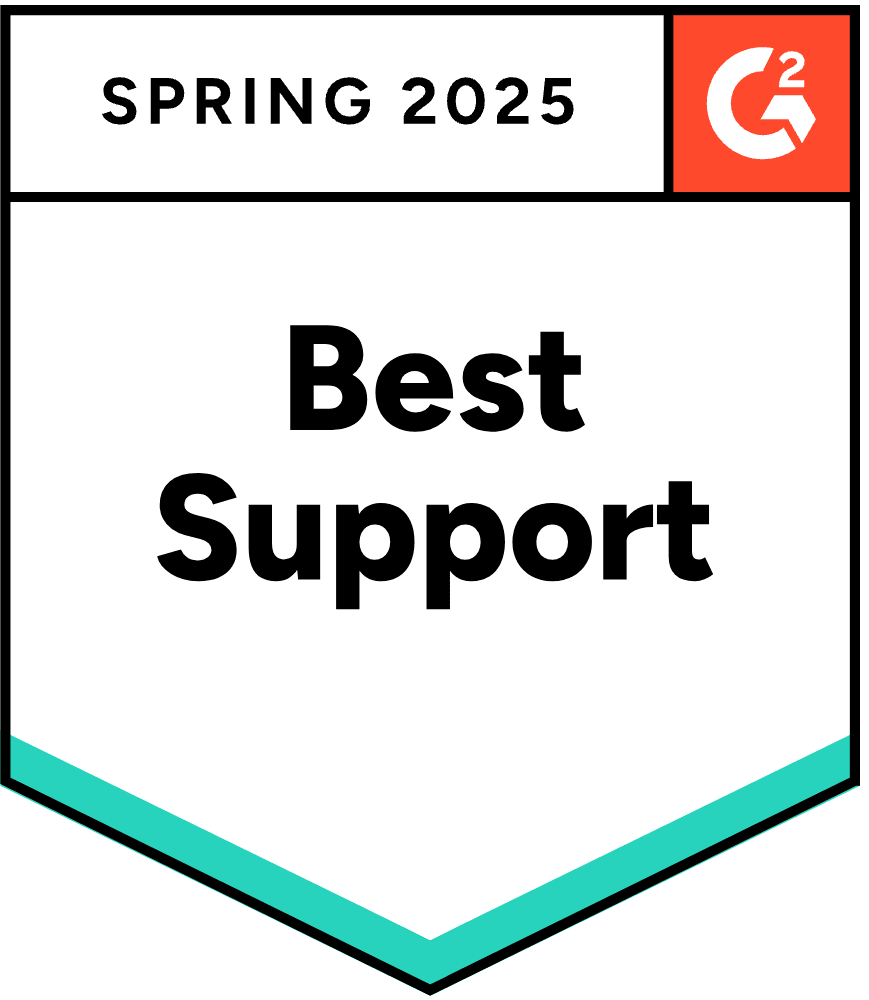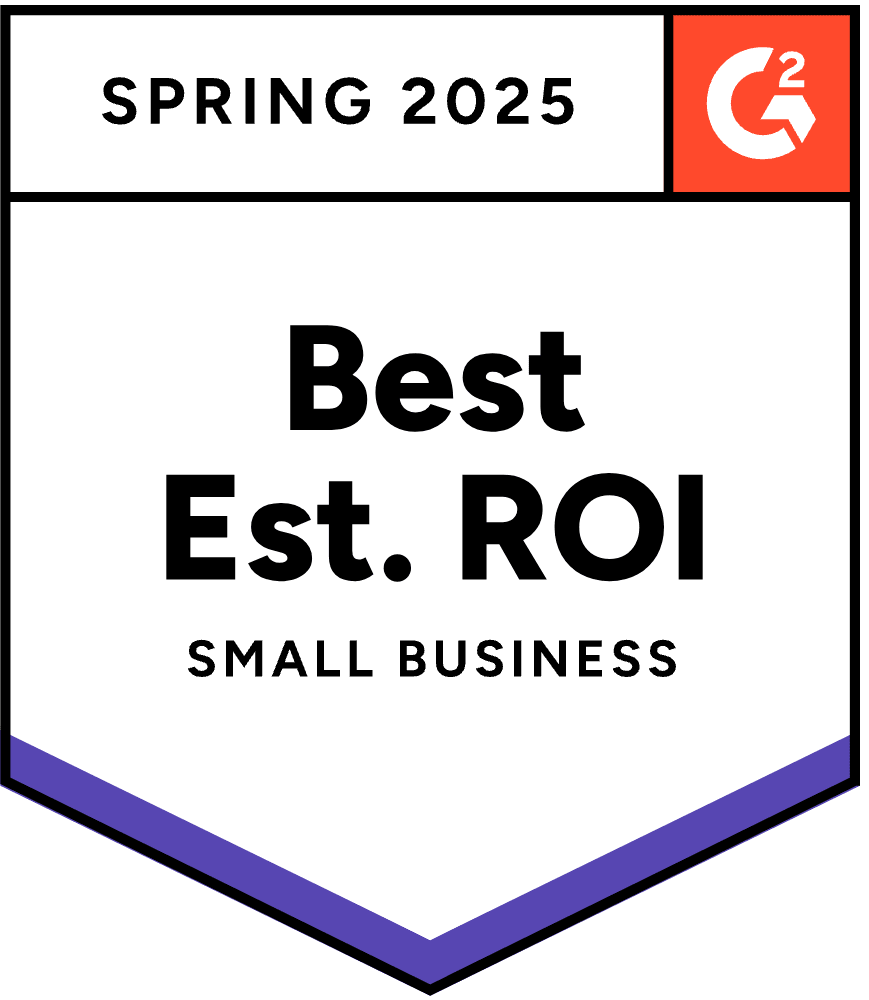Mastering Shopify Conversion Rate Optimization with actionable strategies
What is Conversion Rate?
E-commerce conversion rates aren't set in stone. While they naturally fluctuate with market trends and changes in consumer behavior, you can oversee a controlled shift in your current conversion metrics. This process of conversion rate optimization requires forethought and analysis. When done correctly, the results will be reflected in your bottom line.
Understanding Conversions and Conversion Rate Optimization
Conversion rate optimization (CRO) for Shopify is the process of intentionally optimizing your website and audience targeting to boost conversions. It is an important component of selling online and a key indicator of e-commerce success. Conversion rates below your benchmark often result in financial loss while those above can lead to profit. Below, is an example of how to calculate your conversion rate formula:
Conversion Rate (%) = (Number of Conversions / Total Visitors) * 100
What Is a Good Shopify Conversion Rate?
What makes a good e-commerce conversion rate? Research from Dynamic Yield shows that the average ecommerce conversion rate swings between 2.5% and 4%. In June 2024, the monthly conversion across measured sites was 3.5%.

Note, that a good conversion rate benchmark can vary drastically based on the industry. Lower-priced, low-consideration items tend to convert better. In their study, Dynamic Yield found food and beverage products to convert the highest at 6.42%.
In contrast, higher-priced, high-consideration items like fine jewelry or heavy machinery will convert at a lower rate. With these types of products, guiding potential buyers through the decision-making process is critical.
What Is a Good Shopify Conversion Rate?
What makes a good e-commerce conversion rate? Research from Dynamic Yield shows that the average ecommerce conversion rate swings between 2.5% and 4%. In June 2024, the monthly conversion across measured sites was 3.5%.

Note, that a good conversion rate benchmark can vary drastically based on the industry. Lower-priced, low-consideration items tend to convert better. In their study, Dynamic Yield found food and beverage products to convert the highest at 6.42%.
In contrast, higher-priced, high-consideration items like fine jewelry or heavy machinery will convert at a lower rate. With these types of products, guiding potential buyers through the decision-making process is critical.
Understanding the E-commerce Conversion Funnel
E-commerce purchases don’t happen instantaneously. Nor do they happen in isolation. Instead, the typical consumer goes through a familiar path before becoming a paying customer. This process is commonly referred to as a conversion funnel and is broken into clearly defined stages.
Awareness
This stage is where the visitor first becomes aware of your product or business. They could learn about your offering from a search engine, advertisement, or word-of-mouth referral. Upon initial awareness, they will commonly go to your website to scan your products. They may add something to their cart, but are there mainly to get information.
Consideration
During the consideration stage, a potential customer has established an interest in your product or a competing alternative. They will consider why they want or need the product, and compare different options that the market has to offer.
Desire
Now in the bottom of the funnel (BoFu) stage, the individual has strong a desire for your product. They are emotionally invested, and in some form, imagining themselves and their life with the item.
Action
This is where the conversion happens. During the action stage, the user takes the intended action, purchasing your product. Note, that the ecommerce funnel doesn’t end with the initial order. Post-purchase nurturing of past customers is essential to driving repeat purchases and higher overall conversions and profit margins.
Ways to Improve E-commerce Conversion Rates
Now, let’s examine some actionable steps for optimizing conversions on Shopify sites:
1. Streamline the Checkout Process
High Shopify conversion rate optimization is difficult without a smooth checkout process. Nothing alienates potential customers more than running into friction when trying to place an order. Nothing alienates potential customers more than running into friction when trying to place an order. It is for this reason that cart abandonment rates are consistently high across e-commerce sites.

With Shopify, the platform is designed with sales conversions in mind. However, there are ways merchants can improve (or hurt) the native checkout flow. It’s important to keep the checkout form fields light and clean and to enable guest checkout so that new users don’t need to create an account.
Remember, the checkout experience doesn’t start and end on the cart and checkout pages. It is a cumulative process throughout a shopper’s visit. As such, clean site navigation and easy-to-find pages and information are vital. Beyond sound site architecture, you can use AI concierge tools like Rep AI to naturally guide buyers from shopping to checkout.
2. Leverage Data Insights
Data analytics is one inherent advantage e-commerce sites have compared to brick-and-mortar shops. Modern platforms provide extensive insights into store traffic. With them, you can effortlessly measure your conversion rates and adjust your site accordingly. On a more granular level, e-commerce analytics show detailed customer behavior like user clicks, abandoned carts, and drop-off pages.
Additionally, AI tools have helped increase the potency of e-commerce shopping insights. For example, Rep AI provides several features detailing shoppers’ most frequent questions and the most clicked products. These help you create more detailed audience segments and highly personalized user experiences.
3. Think Mobile First
By now, you’re likely aware that most web traffic comes from mobile devices. Research from Dynamic Yield shows that over 75% of ecommerce visitors are mobile. It also reveals that mobile conversion rates are consistently lower compared to desktop. As such, a well-optimized mobile site is critical for a strong overall conversion rate.
While simple content sites adapt easier to mobile screens, e-commerce functionality has traditionally lagged. Fortunately, today’s merchants are better equipped to handle large mobile traffic volumes. Commerce platforms have simplified checkout flows for a mobile-first world and there are several other technologies to improve the mobile experience.
AI is one of the most helpful tools in this regard. AI assistants offer a more intuitive way of shopping on smartphones. Instead of relying upon on-site navigation and scrolling through dozens of products, users can converse with AI to find items faster and seamlessly move from page to page.
4. Implement a Review Strategy
Customer testimonials and product reviews add the assurance of social proof. Research shows that most consumers read reviews at some point when shopping online. That said, it isn’t always common for customers to leave feedback after a purchase. Brands that gather customer reviews can enhance their shopping experience while standing out from competing products.
While item reviews on product pages are common, you can gain more exposure by also adding them to your home page and category pages. Additionally, Shopify conversion rate optimisation can be enhanced by better leveraging your social proof using a dedicated review platform and integrating it with your Shopify store.
5. Use Clear Calls to Action
Calls to action (CTA) are prompts throughout a site that direct your customers to take a specific action. For instance, add to cart or go to checkout. With proper use, you can drive higher conversions without turning shoppers away.
A good CTA often involves sales incentives like a new buyer promo code or a cross-sell offer for a complementary product. It’s best to place CTAs where they're easily seen, but don’t disrupt the natural navigation flow. A common conversion-optimizing technique is to use contrasting colors and shapes that stand out while still harmonizing with your brand’s overall aesthetic.
Tools for Boosting Conversion Rates
Maximizing e-commerce conversion rates can be difficult with native software. Platforms like Shopify come with all essential selling features, however, they often lack some of the specific functionality needed for nuanced types of stores. This is where third-party tools can help give your store the functionality it needs to meet your conversion goals.
Rep AI
Rep AI is a powerful AI concierge redefining how shopping assistants impact sales. Beyond simply providing support and generalized recommendations, Rep AI gives you an intelligent companion capable of navigating more nuanced scenarios.
The AI uses a sophisticated algorithm to dutifully handle all support inquiries in a fluid conversational manner. It boosts engagement through dynamic recommendations and learns from each interaction to improve future encounters. You can manually train the AI and you can add specific instructions that align with your brand's voice and business objectives.
Plus, it's a data powerhouse. By analyzing cross-site traffic and customer interactions, the tool gathers invaluable insights into shopping behavior. These help businesses improve data-backed decision-making to drive greater growth.
Yotpo
Yotpo is one of the most popular e-commerce seller tools for showcasing high-quality reviews. The platform offers extensive retention marketing features for gathering feedback and user-generated content from past buyers. With it, you can showcase more detailed and engaging social proof on your Shopify site.
Additionally, the software integrates seamlessly with other parts of the common Shopify tech stack. For example, you can integrate the tool with Rep AI to enhance product recommendations and highlight reviews during support conversations.
Klaviyo
A popular email marketing tool, Klaviyo is great for engaging and converting in-funnel consumers. The platform lets you easily send tailored suggestions and offers via email campaigns, SMS, and push notifications. It is great for post-purchase nurturing and driving more repeat customers.
Also, Klaviyo integrates with other popular tools like Rep AI to further enhance your marketing campaigns. You can configure the AI concierge to gather mailing subscribers who can then be added to personalized, high-converting segments in Klaviyo.
Examples of Good Shopify Conversion Rate Optimization
Let’s see how a couple of forward-thinking merchants structure their Shopify store for conversions.
Eye Candy Pigments
The mica pigment supplier Eye Candy Pigments does an excellent job of using social proof and other techniques to help bolster conversions. On the homepage, you can find a section of thousands of positive reviews that help establish trust. There is also a sitewide link to a rewards program and an intro discount for $10 off your first order.
As a brand offering low-price items, the company has overcome the unique challenge of answering immediate support inquiries. Instead of relying on high-cost, on-demand service attention, the company has implemented Rep AI to provide quick and accurate answers. This has helped lower site and cart abandonment rates, resulting in better conversion metrics.
SA Fishing
The outdoor apparel brand SA Fishing provides another great example of a sound conversion rate optimization strategy. The brand’s site follows established best practices with an extensive navigation menu and detail-rich product pages. New visitors are greeted with an email sign-up CTA and an offer of a 15% discount.
SA Fishing also leverages Rep AI to further increase conversion rates. By using the AI concierge for shopper conversations, the business has seen an 18% AI-assisted conversion rate and a 20x ROI.

Conclusion
Focusing on user experience, trust-building testimonials, and seamless checkouts will help you convert more visitors into customers. From there, you can leverage data analytics and explore supporting software to boost your conversion rates even higher.
Rep AI is a proven solution for improving conversion metrics while simultaneously optimizing your customer service operations. The tool seamlessly integrates with your Shopify store, requiring minimal setup or technical know-how. Once installed, you can let the AI get to work and start digging into the data to see how you can fine-tune your store for better conversions.
Get started with a free 30-day trial of Rep AI to see how it can help your Shopify conversion metrics.
Shopify Conversion Rate FAQs
How do I find my Shopify conversion rate?
Merchants can find their Shopify conversion rates from the Analytics tab of the platform’s home page. From there, look for a data card labeled “Online conversion rate”. You can click on the report to view more extensive data such as an hourly breakdown of visitors and conversions.
What is a good retail conversion rate?
A good retail conversion rate will range between 2.5% and 4%, depending on the industry. When setting conversion benchmarks always consider your margins and customer acquisition costs.
Why is my Shopify conversion rate low?
A low Shopify conversion rate could be due to several factors including poor site design, bad audience targeting, or high cart abandonment. If your conversion rates are low, look into your store’s analytics to see where visitors are dropping off in the conversion funnel.
How do I increase my eCommerce conversion rate on Shopify?
You can increase conversion rates by optimizing your use of social proof and data analytics. Furthermore, you can leverage AI shopping assistants to help guide shoppers through the different stages of the purchase funnel.
Quick Answers and FAQs
In what ways do customer reviews and social proof enhance product pages to increase conversions on an e-commerce website?
Adding customer reviews and social proof doesn’t just polish your product page—it transforms it. Here's how the experience changes for customers—and why that leads to significantly higher conversions.
Before: Flat, Unverified Product Claims
Without reviews, your product page relies solely on your own descriptions.
- Shoppers are skeptical: "Is this as good as it looks?"
- They have unanswered questions: "Will this work for someone like me?"
- There’s no urgency or reassurance to act now.
Result? Customers hesitate. Many leave without buying.
After: A Page That Feels Real, Trusted, and Active
With reviews and social proof, your product page becomes a conversation—not a pitch.
- Trust is established instantly with verified buyer reviews, star ratings, and user photos.
- Uncertainty fades as customers see honest feedback—both good and bad—from people like them.
- Momentum builds with real-time cues like “5 bought in the last hour” or “bestseller” badges.
- Search visibility improves through fresh, review-driven content and structured data.
Result? Confidence rises. Hesitation drops. Conversions climb.
Why It Works
Reviews are more than feedback—they’re conversion tools. They answer objections, validate decisions, and let your customers do the selling for you. With the right structure, placement, and visibility, social proof turns a standard product page into a high-converting one.
How can integrating live chat and AI-powered tools like Rep AI improve the overall conversion rates for Shopify merchants?
Conversion doesn’t happen at one moment—it happens across the customer journey. Integrating live chat and AI-powered tools like Rep AI gives Shopify merchants the ability to meet customers in real time, answer questions, and guide purchases at every step.
Here’s how these tools create value across the entire journey:
1. Attract: Make the First Interaction Count
Before a customer clicks “add to cart,” they often have a quick question—or a moment of doubt.
Live chat and AI step in instantly with answers, product suggestions, and helpful nudges.
Why it matters: Reducing friction early in the journey prevents bounce and builds momentum.
2. Engage: Guide Shoppers in Real Time
AI tools analyze behavior and browsing patterns to recommend products tailored to the shopper’s needs.
Live chat agents (human or AI) can assist with sizing, comparisons, or FAQs—all while the shopper is still active.
Why it matters: Personalized guidance creates confidence and keeps carts growing.
3. Convert: Prevent Abandonment at Checkout
When customers hesitate at the last step, AI detects exit intent and intervenes to improve Shopify conversion rates. It can offer last-minute support, apply a discount, or remind shoppers of items in their cart.
Why it matters: Timely conversations save abandoned carts and increase conversion rates.
4. Retain: Learn From Every Interaction
Every conversation is a learning opportunity. AI tools capture customer questions, preferences, and friction points—feeding data back into product pages, UX design, and marketing strategies.
Why it matters: Continuous improvement leads to a better shopping experience—and more repeat customers.
The Bottom Line
Live chat and AI tools like Rep AI don’t just answer questions—they drive revenue. By turning passive visits into personalized interactions, they help Shopify merchants convert more browsers into buyers, while gathering insights that power smarter decisions over time.

